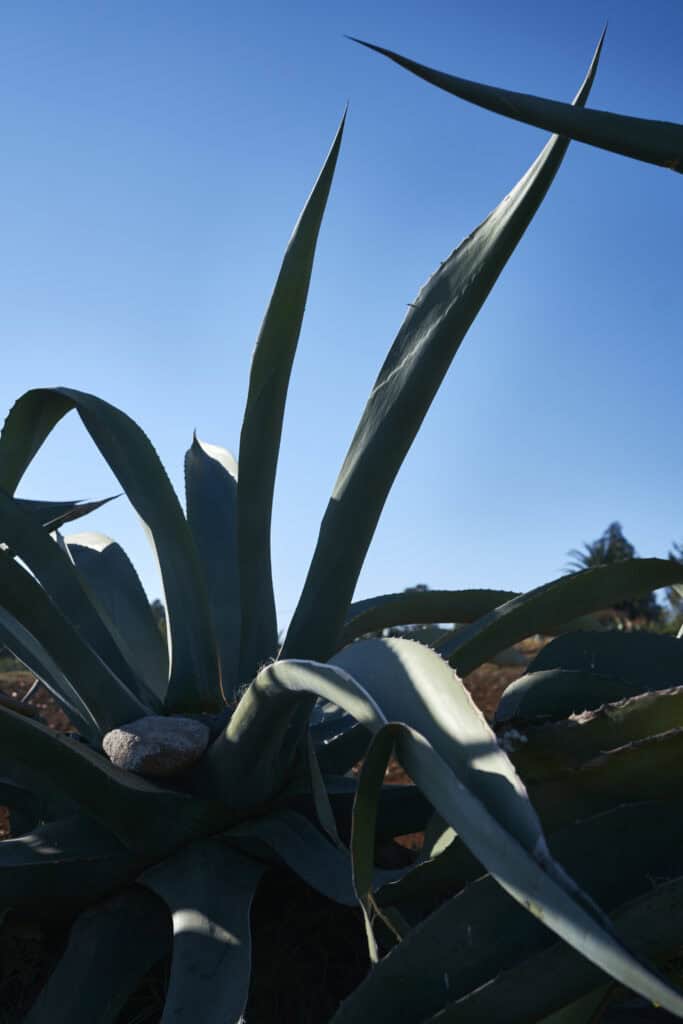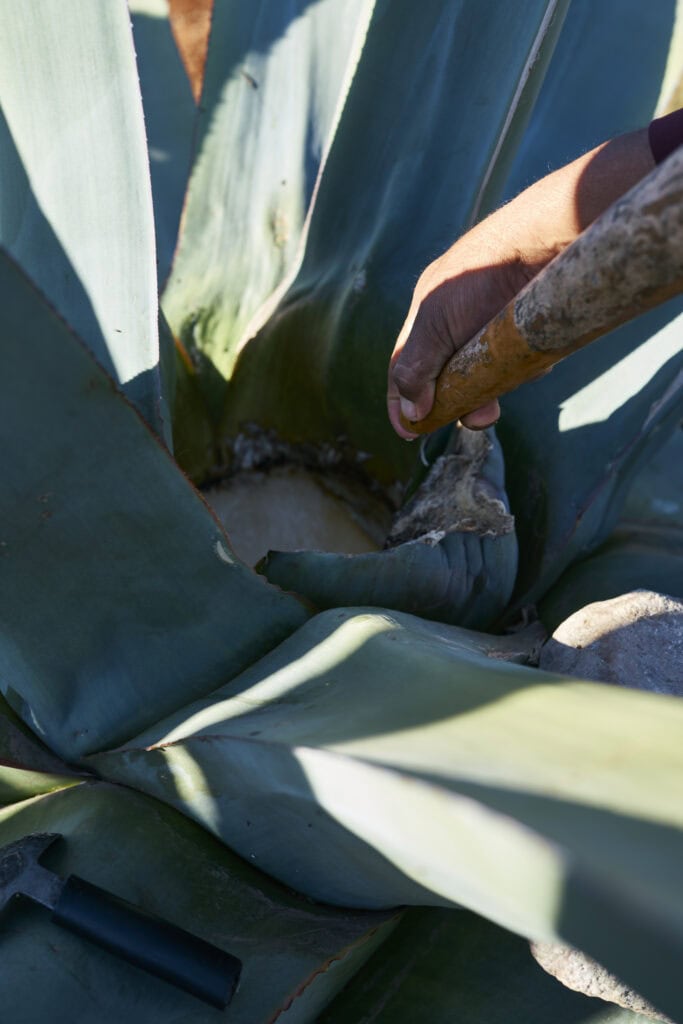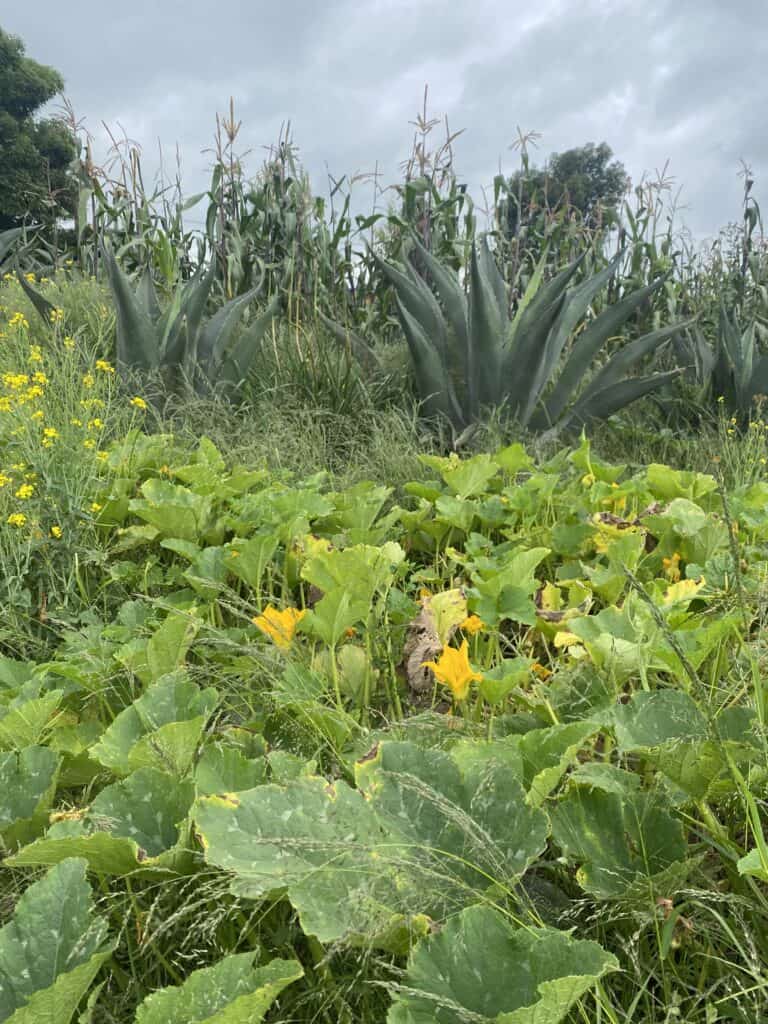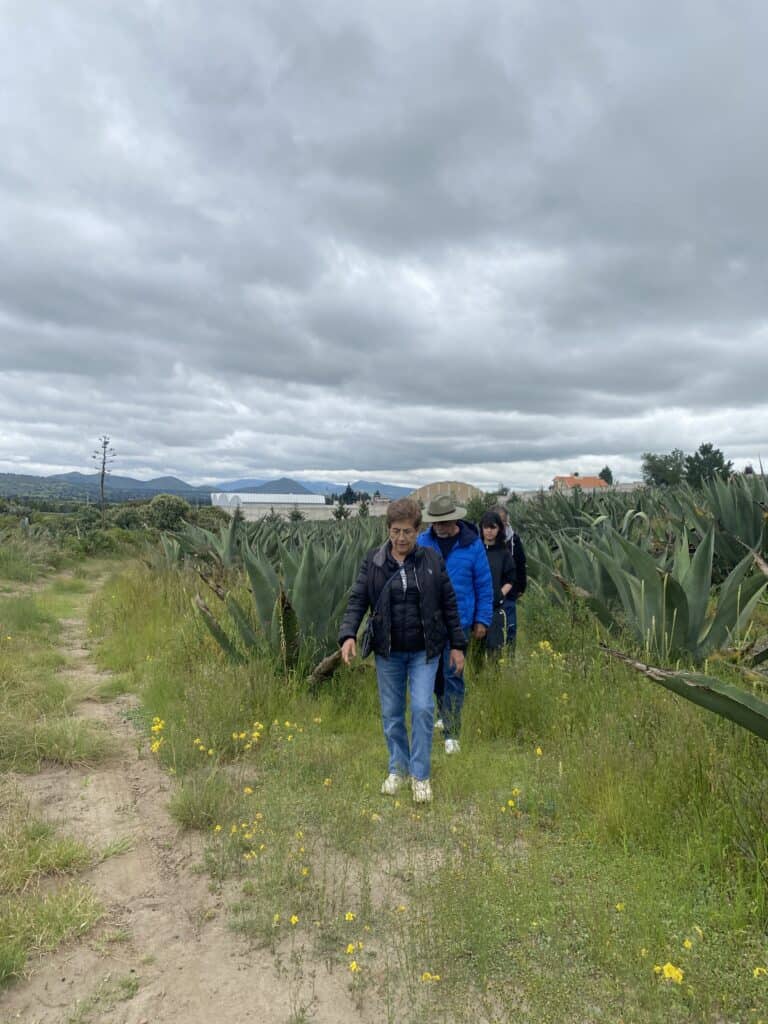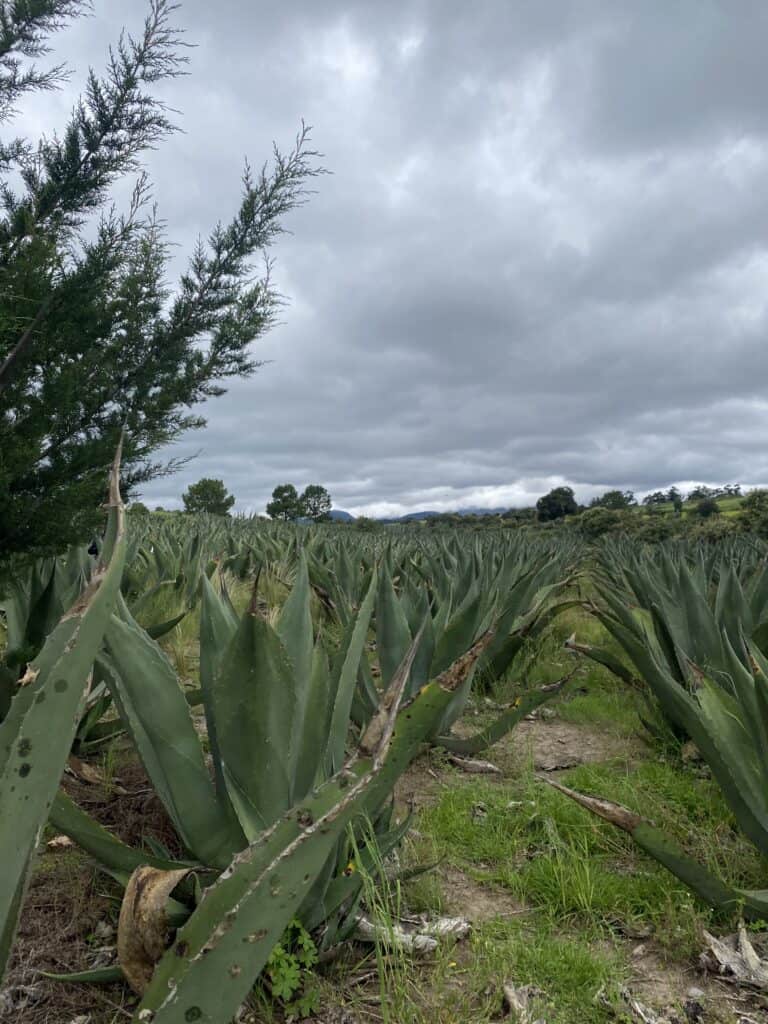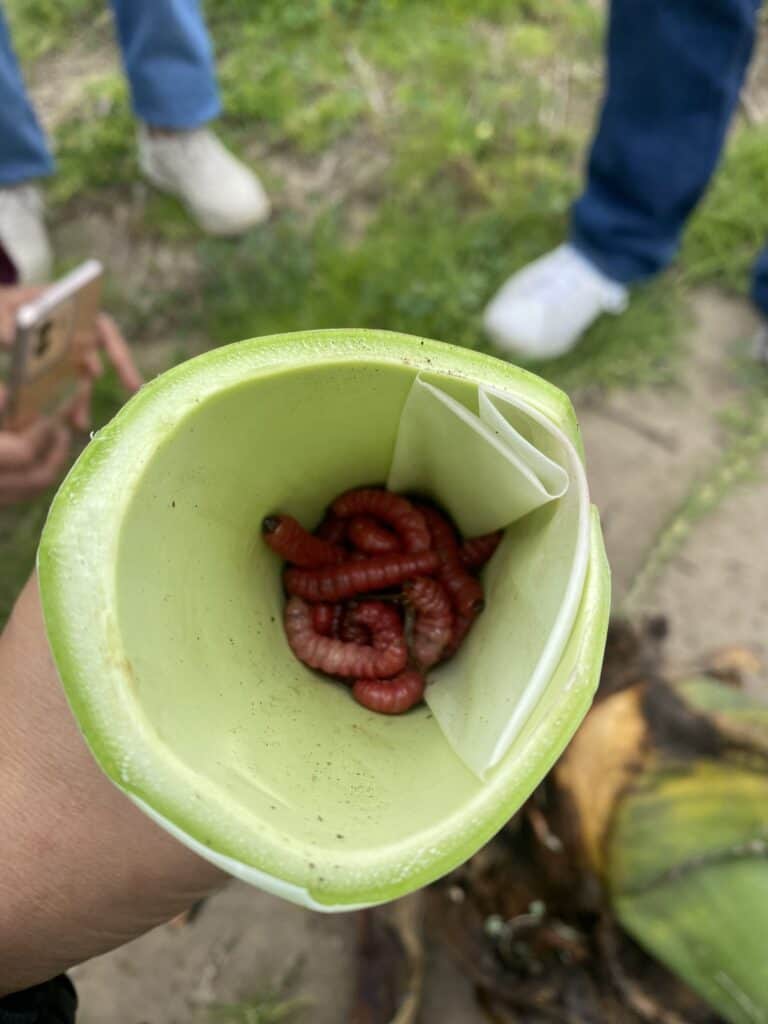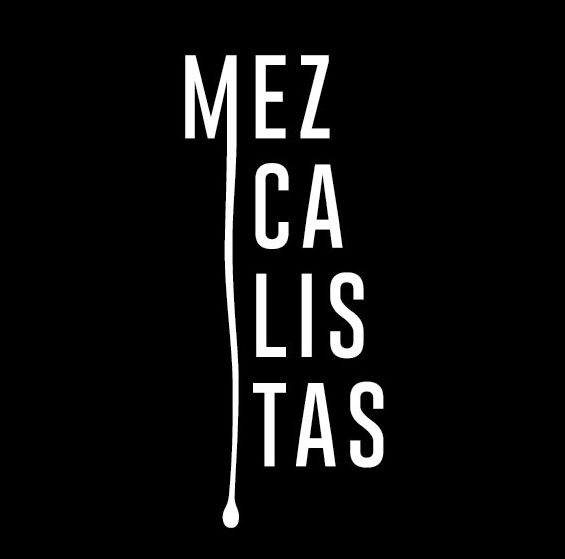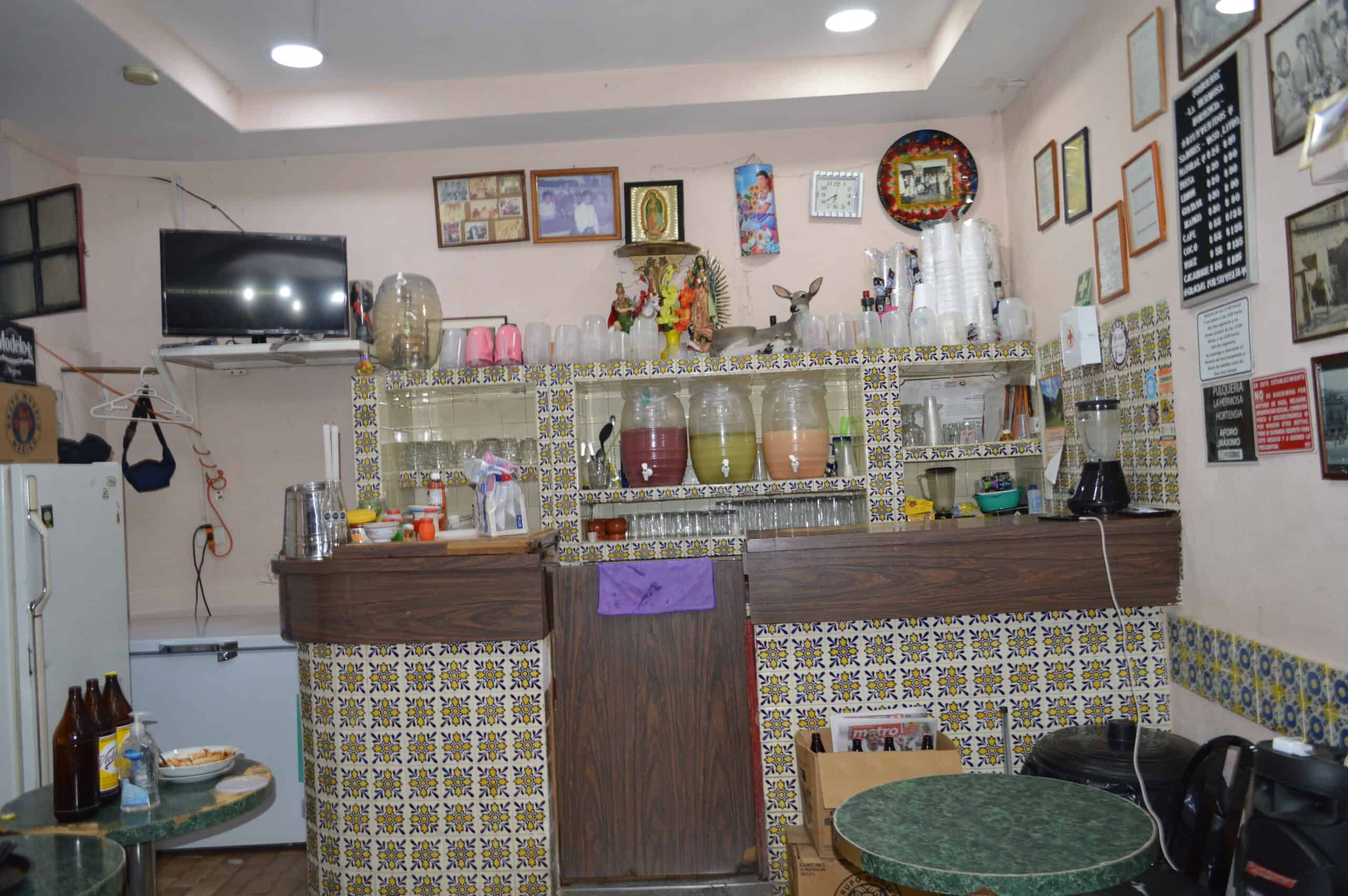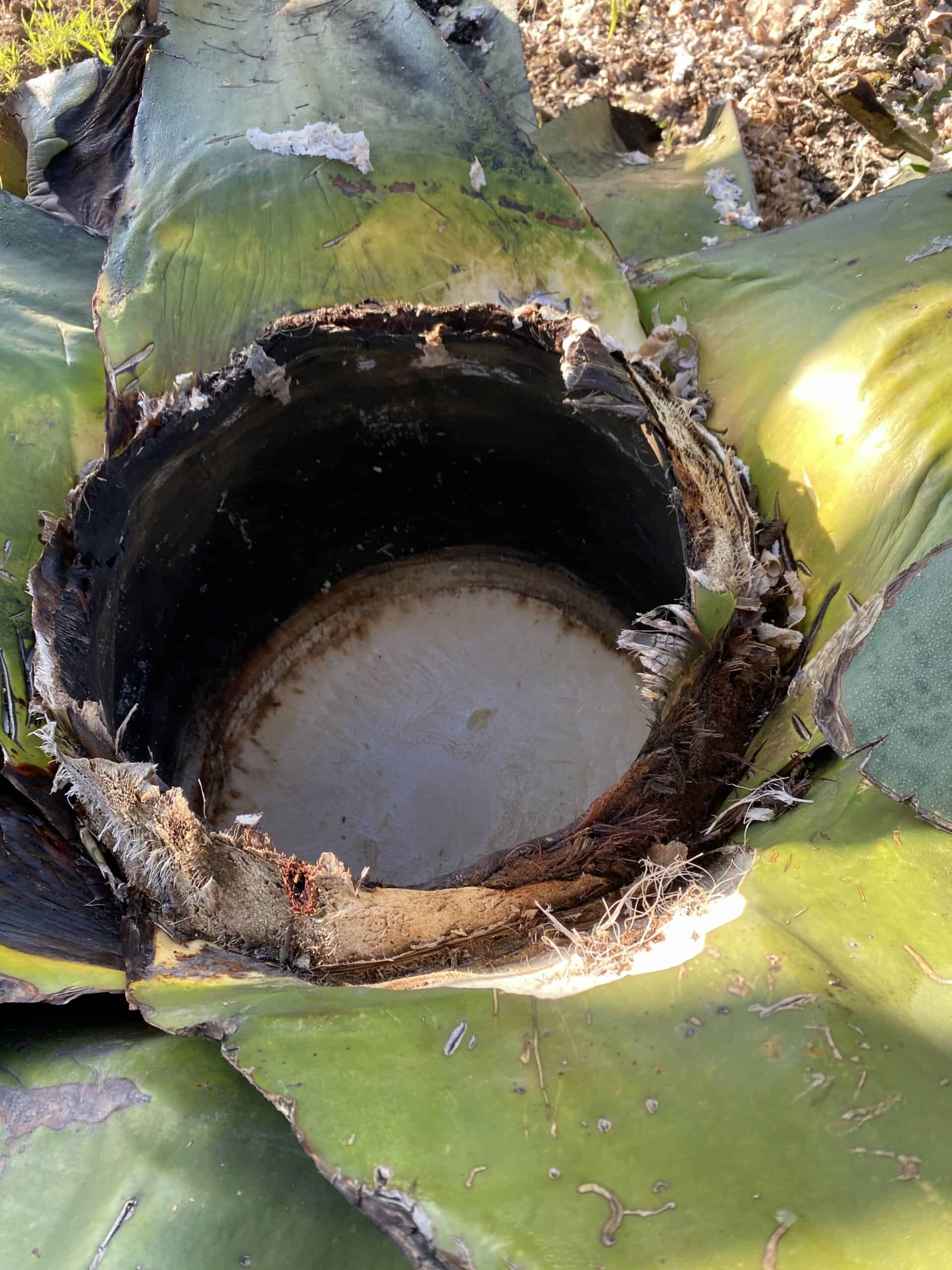Tlaxcala is the smallest of the Mexican states. It is bordered by the states of Puebla to the north, east and south, México to the west and Hidalgo to the northwest. It has an incredibly rich history and contains many archeological sites as well as some of the earliest colonial architecture in Mexico. It is rich with agriculture, gastronomy and pulque. Its close proximity to both Mexico City (1.5 hours) and Puebla (1 hour) make it a perfect day trip excursion.
Tour Information
There are many reasons to visit Tlaxcala, chief among them to absorb the archeological history. But there are other reasons beyond buildings and those include its deep ties to agave and specifically pulque. At its peak in the early 1900s, more than 300 haciendas in Tlaxcala and the border state Hidalgo, supplied pulque to Mexico City on a daily basis. It was the number one consumed alcoholic beverage in the country until it was displaced by beer. Until even the 1950s, pulque comprised between 30-50% of total revenues for both states. There has been a renewed interest in pulque over the past decade and more interest in its lesser known gastronomic contribution to Mexico, chinicuiles or maguey worms.
Manos de Maiz, an organization dedicated to raising awareness about Mexico’s incredible culinary history, has created a series of seasonal tours to get you up close and personal with some of Mexico’s most iconic contributions to world gastronomy. “we believe that the best way to understand Mexico is through its fields. Our seasonal tours invite you to experience the rituals, flavors, and rhythms of the land alongside the communities who have cultivated it for generations. Designed for those seeking a deeper connection to food, culture, and place, these immersive day trips take you just beyond the bustle of Mexico City and into the soul of its countryside.
From the highland milpas of Tlaxcala to plots tucked within the city’s southern valleys, our experiences celebrate endemic ingredients—namely corn and maguey—in their true, living context. You’ll walk the fields with local farmers, share a home-cooked meal, and witness the intimate rituals that shape the agricultural calendar.”
Manos de Maiz offers two seasonal tours in Tlaxcala.
Tradition of Pulque and Maguey
November – April
Step into the landscape where maguey reigns—the source of pulque, and a vital ecosystem that supports beans, corn, and squash. This tour includes transportation, a maguey field walk, pulque tastings, and a meal made with native ingredients by a local family. A journey into ancient agricultural knowledge still alive today.
Chinicuil Harvest Tour
September – October | Tlaxcala
Chinicuiles are more than a delicacy—they’re a seasonal phenomenon rooted in ritual. Join local harvesters to dig, clean, and prepare this unique ingredient, followed by a hands-on cooking session and maguey-based feast.
Important things to note
- All tours are 100% seasonal, subject to availability based on the farming calendar.
- Advance registration is required, ideally two weeks before your desired date.
- A 50% deposit is needed to reserve your spot.
- Final pricing varies per tour, depending on transportation and group size.
- Tours are bilingual (English/Spanish) and designed to be accessible for international travelers.
- Some dietary accommodations can be made with advance notice.
Weather
Weather in Tlaxcala is fairly temperate. The hottest, and driest time of year is March/April/May. The rainy season generally runs from June-October and October-February is fairly mild with temperatures ranging from the low 50s to the mid to upper 70s. Cold fronts are known to come in during December and January and temperatures can get chilly. Note that most places are not insulated and that heat, and air conditioning, are not readily found.
A few things to remember before you set out:
- You will be traveling in back-country, on bumpy roads and in communities that may not have a lot of resources or infrastructure (cell phone/internet coverage, restaurants, capacity to take credit cards, atms, etc.)
- It is important to be mindful of local customs, which your guide can explain, and to be respectful of people – they are craftsmen and highly skilled at what they do.
- As consumers, we need to think about the impact our drinking habits have – touring alcohol producing regions gives you greater understanding of that impact.

Meet Your Tour Guide
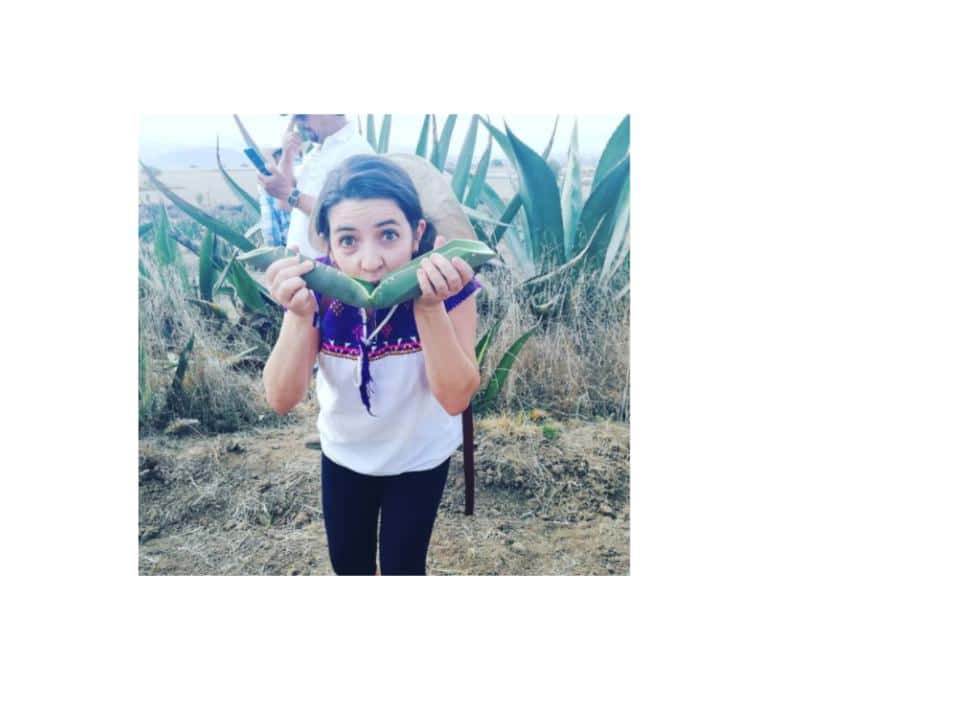
Joahna Hernandez, Manos de Maiz
Joahna’s name may be familiar to many of you through her byline with Mezcalistas. In addition to being a great writer, she is also the founder of Manos de Maiz. When she is not writing for Mezcalistas or leading tours for Manos de Maiz, Joahna works with Arca Tierra Collective, a group of young chefs and emerging talents transforming the freshly harvested ingredients from the chinampas in Xochimilco into delicious meals. To be the first to know when tour bookings open, follow us or DM us your interest at @manosdemaizmx on Instagram.

Articles on Pulque
Where, why, and how to drink the best pulque in Mexico City
Mexico City has “rediscovered” pulque and pulque bars, despite the fact that they have been part of the capital´s culture for hundreds of years. Forget stodgy, neglected places where regulars warily eye outsiders, pulquerías today offer a wide variety of welcoming atmospheres that attract younger crowds to again enjoy the old “drink of the gods.”…
Continue Reading Where, why, and how to drink the best pulque in Mexico City
What do pulque and sourdough have in common? More than you’d think
Sourdough has its starter. Solera has its mother. Pulque has a seed—and a story we’ve almost lost. The day I almost ruined a buñuelo One Friday afternoon, siblings Alejandro and Mónica Sánchez Salas gave me a ride to their hometown in Tlaxcala. I had long been curious about la semilla del pulque—the fermentation starter essential…
Continue Reading What do pulque and sourdough have in common? More than you’d think

Photo Gallery

